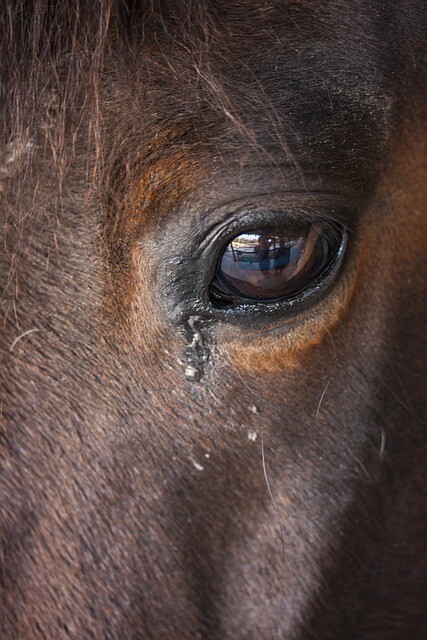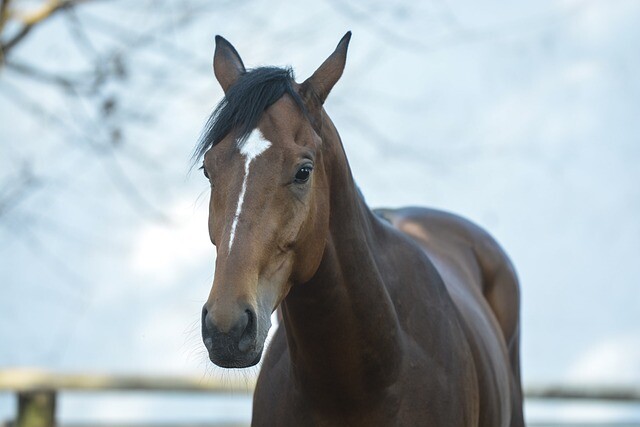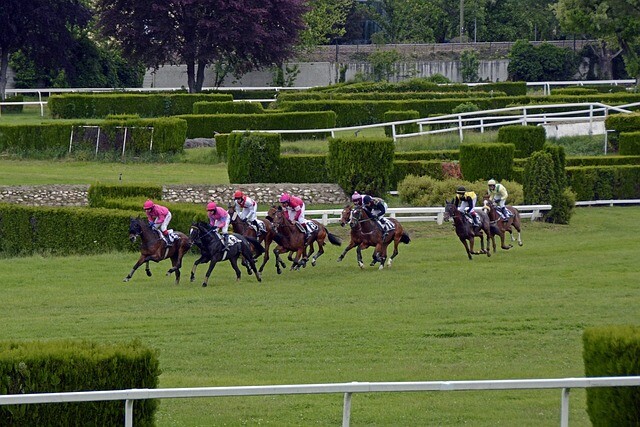Why was the 1880 Derby winner, Bend Or, subject to an objection?
 The history books still record that, on May 26, 1880, the unbeaten 2/1 favourite Bend Or, ridden by Fred Archer, edged out Robert The Devil, ridden by Edward Rossiter, to win the Derby by a head. However, shortly afterwards, a rumour began to circulate that Bend Or was not, in fact, Bend Or, but another three-year-old chestnut colt, named Tadcaster. Like Bend Or, Tadcaster was homebred by Hugh Grosvenor, First Duke of Westminster, at his Eaton Stud in Cheshire and, like Bend Or, was sired by the 1873 Derby winner Doncaster, but out of a different dam.
The history books still record that, on May 26, 1880, the unbeaten 2/1 favourite Bend Or, ridden by Fred Archer, edged out Robert The Devil, ridden by Edward Rossiter, to win the Derby by a head. However, shortly afterwards, a rumour began to circulate that Bend Or was not, in fact, Bend Or, but another three-year-old chestnut colt, named Tadcaster. Like Bend Or, Tadcaster was homebred by Hugh Grosvenor, First Duke of Westminster, at his Eaton Stud in Cheshire and, like Bend Or, was sired by the 1873 Derby winner Doncaster, but out of a different dam.
According to Richard Arnull, a soon-to-be-former stud groom at Eaton Stud, the two colts had been inadvertently switched as foals. His motivation for revealing that information, after the fact, remains unclear, but the rumour resulted in the joint-owners of Robert The Devil, Charles Brewer and Charles Blanton, who also trained the horse, lodging a belated objection against ‘Bend Or’ on the grounds that he was ‘not the horse he was represented to be’. In the absence of irrevocable evidence, one way or the other, the Epsom stewards faced a nigh on impossible task to resolve the matter and, based on what was effectively hearsay, unanimously overruled the objection, such that the result was allowed to stand.
Fast forward 130 years or so and, in 2012, evidence came to light that suggested, whatever his original intentions, Richard Arnull was right. A research project compared mitochondrial DNA taken from the skeleton of Bend Or with that taken from the living relatives of Tadcaster and proved, beyond reasonable doubt, that the 1880 Derby winner could not have been out of Rouge Rose, believed to be the dam of Bend Or, but proved a perfect match for Clemence, the dam of Tadcaster. A fascinating chapter in racing, of course the gambling world has changed significantly since then with wolfwinner online pokies for real money and the like, though racing is as popular as ever!
 For readers unfamiliar with the name, Sheikh Adbdullah Almalek Alsabah is a former champion owner in his native Kuwait, where he is a member of the ruling family, and has invested increasingly heavily in British bloodstock over the last decade or so. He has, or has had, horses in training with numerous trainers throughout the country, including David O’Meara, Richard Fahey, Kevin Philippart De Foy, Richard Hannon and, until recently, George Boughey. Boughey, on the other hand, is a Classic winning trainer based at Saffron House Stables in Newmarket. He set up on his own, at the age of 27, in 2019, having spent six years as assistant trainer to Hugo Palmer at nearby Kremlin Cottage Stables and, with already over 300 winners to his name, is considered one of the rising stars of the sport.
For readers unfamiliar with the name, Sheikh Adbdullah Almalek Alsabah is a former champion owner in his native Kuwait, where he is a member of the ruling family, and has invested increasingly heavily in British bloodstock over the last decade or so. He has, or has had, horses in training with numerous trainers throughout the country, including David O’Meara, Richard Fahey, Kevin Philippart De Foy, Richard Hannon and, until recently, George Boughey. Boughey, on the other hand, is a Classic winning trainer based at Saffron House Stables in Newmarket. He set up on his own, at the age of 27, in 2019, having spent six years as assistant trainer to Hugo Palmer at nearby Kremlin Cottage Stables and, with already over 300 winners to his name, is considered one of the rising stars of the sport. Ever wondered what makes certain horse races stand out? If you’ve heard the term “stake race” and aren’t quite sure what it means, you’re in the right place.
Ever wondered what makes certain horse races stand out? If you’ve heard the term “stake race” and aren’t quite sure what it means, you’re in the right place.